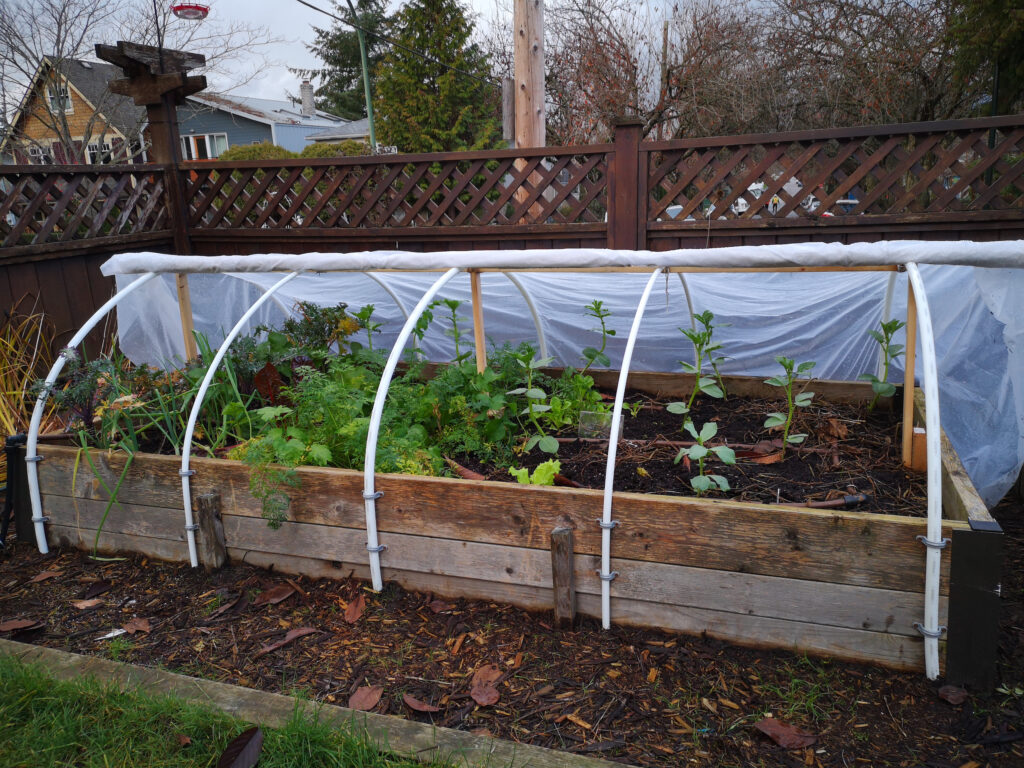Gardening Tips
Winterizing Your Raised Garden Bed: A Guide to Preparation
As the vibrant colors of autumn fade away, it’s time for gardeners to shift their focus from harvesting to winterizing their raised garden beds. Proper preparation ensures that your garden bed survives the cold months and emerges ready for a bountiful spring. In this guide, we’ll walk you through the essential steps to prepare your raised garden bed for winter.
1. Clear Out Debris
The first step in preparing your raised garden bed for winter is to clear out any debris left from the fall season. Remove dead plants, fallen leaves, and any other organic matter that could harbor pests or diseases. Cleaning the bed now prevents potential issues from carrying over into the next growing season.
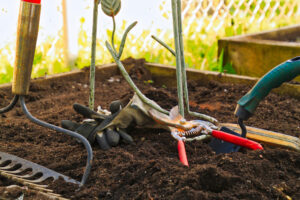

2. Trim and Prune
Trim back perennial plants to ground level, removing any dead or diseased growth. Pruning not only tidies up the garden bed but also promotes healthy regrowth in the spring. Remember to dispose of the pruned material away from the garden to avoid introducing pests and diseases back into the soil.
3. Amend the Soil
Once the bed is cleared, it’s time to amend the soil. Add a layer of compost or well-rotted manure to replenish nutrients and improve soil structure. This helps maintain soil fertility and supports beneficial microbial activity during the dormant winter months.


4. Protect Perennials
For perennial plants that may be sensitive to winter temperatures, consider providing extra protection. Mulch around the base of the plants with a thick layer of straw or wood chips to insulate the soil and roots from extreme temperature fluctuations. This is especially important in regions with harsh winter conditions.
5. Install Cold Frames or Row Covers
If you’re growing cold-season vegetables or herbs, consider installing cold frames or row covers. These structures create a microclimate, protecting plants from freezing temperatures and harsh winds. Cold frames also allow sunlight to penetrate, providing a controlled environment for winter gardening.
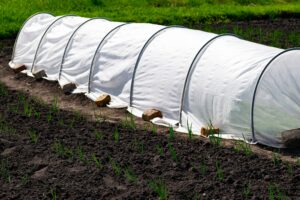

6. Check and Repair Raised Bed Structure
Inspect the structural integrity of your raised bed. Repair any damaged boards or supports to ensure the bed withstands winter weather. A well-maintained structure not only preserves the aesthetic appeal of your garden but also prevents potential problems in the future.
7. Store Garden Tools
Before winter arrives, clean and store your gardening tools. Properly maintained tools last longer and are ready for use when the growing season begins anew. Store them in a dry place to prevent rusting.
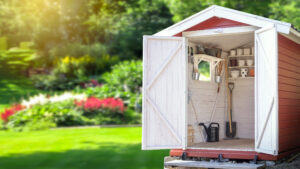
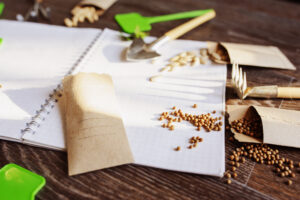
8. Plan for Spring
While winterizing your raised garden bed, take the opportunity to plan for the upcoming spring. Consider crop rotations, new plantings, or any changes to the garden layout. This thoughtful planning sets the stage for a successful growing season.

